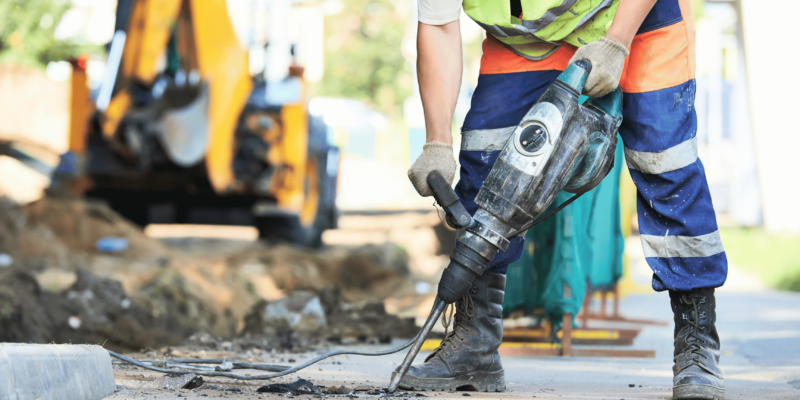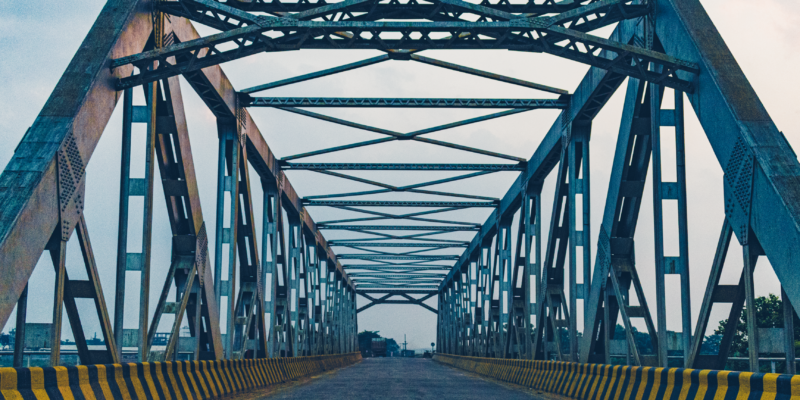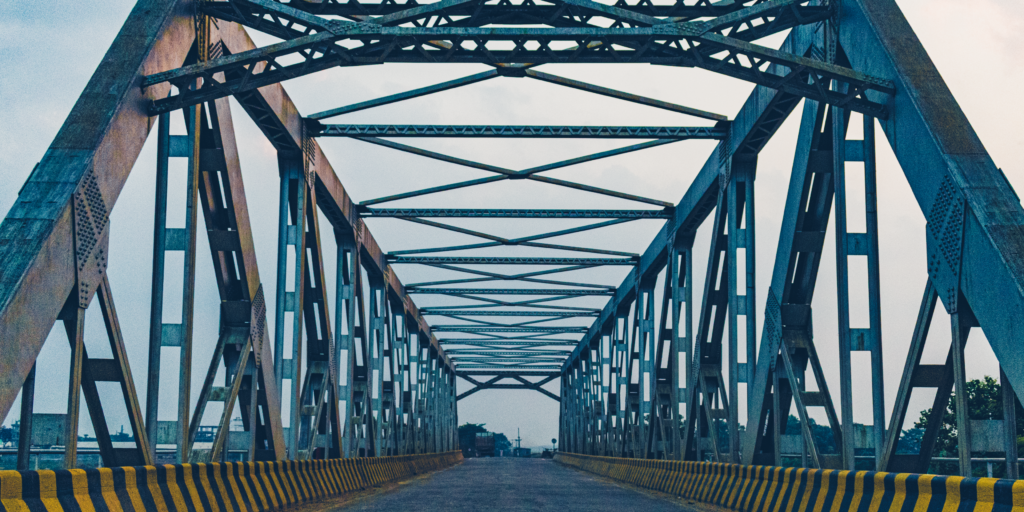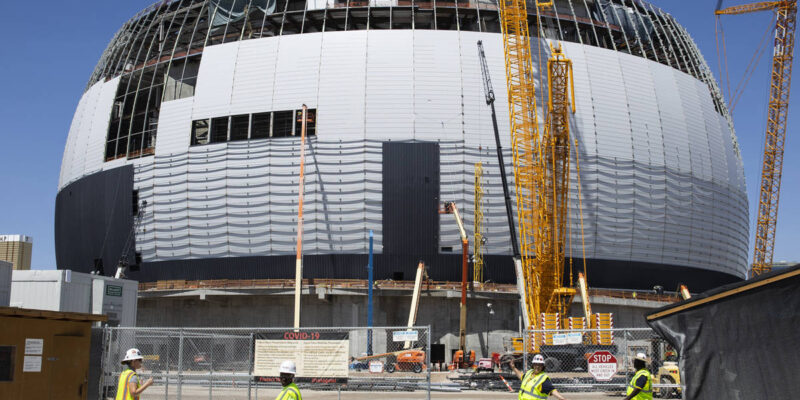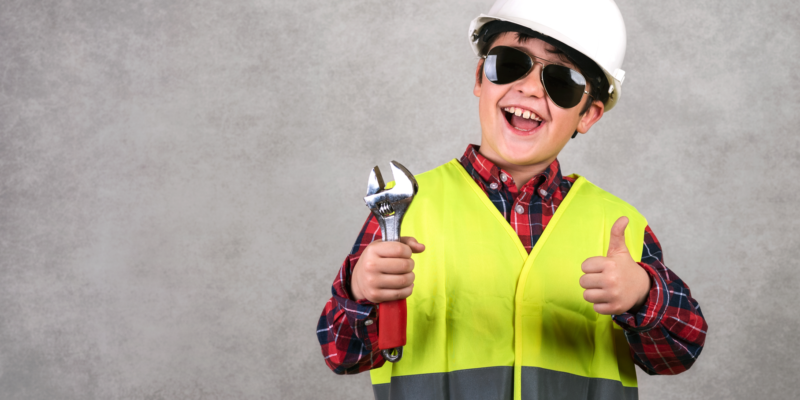Every first Wednesday of May is National Skilled Trades Day, an opportunity to honor and highlight the important work that tradespeople do to help build and grow our communities.
It has also become an opportunity to highlight the need for skilled workers, and the opportunities that are available to build, fix, and create the structures and systems that form the backbone of our society.
From construction firms to manufacturing plants, automotive workshops to electrical companies, the contributions of these individuals are invaluable. They are the welders, electricians, plumbers, carpenters, and mechanics who transform blueprints into reality, ensuring that our infrastructure is safe and functional.
How to Celebrate
This year’s National Skilled Trades Day was May 1st, and many companies went the extra mile to honor their skilled workers. Some organized special events, such as awards ceremonies or appreciation luncheons, where employees were publicly recognized for their dedication and expertise.
Others offered bonuses, promotions, or additional training opportunities as tokens of appreciation for their employee’s hard work and commitment. If you didn’t celebrate this year, these are all great ways to celebrate National Skilled Trades Day in 2025.
Outreach
Many companies are suffering from worker shortages, and are increasingly realizing the importance of nurturing interest in the skilled trades among younger generations. With an aging workforce and a growing demand for skilled labor, there’s a pressing need to attract new talent to fill the shoes of retiring workers. To address this challenge, companies are implementing various strategies to showcase the rewarding and fulfilling careers available in the trades.
Education
One approach is through educational outreach programs aimed at students. Companies partner with high schools, junior and community colleges, vocational training centers, and community organizations to offer hands-on workshops, apprenticeships, and internships. These initiatives provide young people with firsthand experience in trades such as carpentry, plumbing, and machining, allowing them to explore potential career paths and develop practical skills in a supportive environment.
Technology
Companies are also leveraging technology and social media to raise awareness about the trades and highlight the opportunities they offer. Through engaging online content, such as videos, blogs, and virtual tours, they showcase the diverse range of roles available in fields like construction, manufacturing, and automotive repair. By showcasing the innovation, creativity, and problem-solving involved in skilled trades, companies aim to dispel misconceptions and inspire the next generation of craftsmen and women.
Advocacy
Many companies are actively involved in advocacy efforts to promote vocational education and apprenticeship programs. They collaborate with industry associations, government agencies, and educational institutions to shape policies and initiatives that support workforce development and skills training. By advocating for investments in vocational education and promoting the value of skilled trades careers, these companies help create a more conducive environment for attracting and retaining talent in the trades.
Skilled Trades Day serves as an important reminder to honor and celebrate the expertise and craftsmanship of skilled workers. Through various initiatives and outreach efforts, companies are not only recognizing the contributions of their skilled employees but also working to inspire and cultivate the next generation of tradespeople. By fostering interest in the trades and providing opportunities for skill development, they ensure that these essential professions continue to thrive.
Are you one of the many companies struggling with a shortage of skilled workers?
Steadfast Entities, LLC, is proud to partner with IUOE Local 542, a blend of heavy equipment operators in building and construction, along with C&D Branch division members who are employed at quarries, landfills, equipment dealers, shipyards, breweries, manufacturing, airports, bridges, and public works.
Local 542 employs a rigorous training program for all journey and apprentice operators and our partnership ensures a satisfied customer.
Contact us today so we can connect you to the right people to get the job done!

